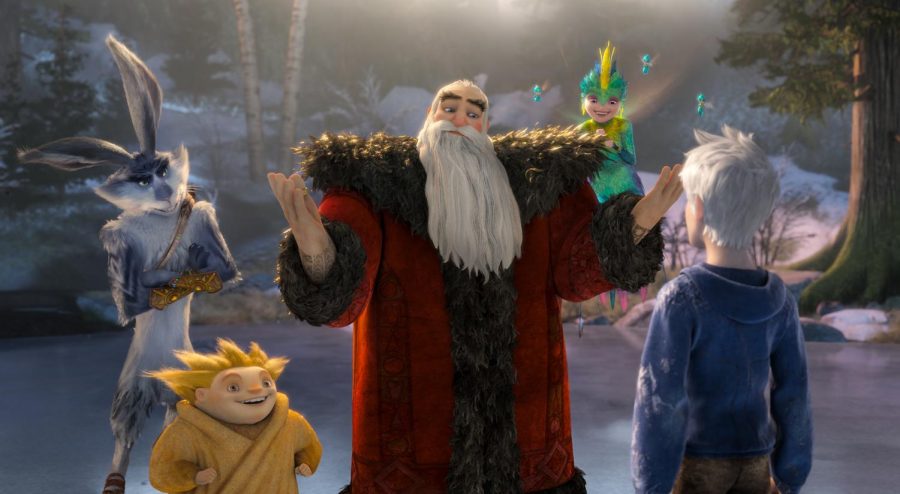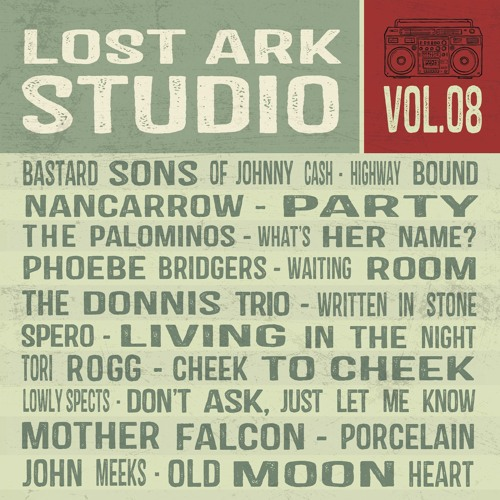Holiday Figures Origins
Where did all your childhood holiday figures come from?
Do you remember getting ready for bed, putting on your pj’s, and putting your freshly lost tooth underneath your pillow eager to see how much money your gonna get the next morning? In March maybe your class is building leprechaun traps to see what he leaves for you and catch him. These scenarios might be childhood memories for you, but where exactly did they even come from? After learning the secret that it was your parents/guardian(s) all these years did you ever wonder why you were even taught or learned these fairy tales or about these mythical creatures?
Many of us learned that the tooth fairy is a little fairy who comes into your house at night to take your baby’s teeth in exchange for money. It sounds a little weird when you describe it as you are older but when you were younger it was the most exciting thing – waking up the next morning to find the tooth fairy had paid a visit.
Apparently, people have always had a thing for baby teeth because going back centuries, some would wear them as a necklace, bury them, or crush them and throw the dust in the wind 123dentist.com explained. However, in many cultures instead of a fairy, they have a mouse. Kidshealthyteeth.com explained how back then it might’ve been because they noticed mice had powerful teeth to chew through walls and were strong in general. Therefore people would leave their teeth out as offerings to the mice in hopes their grown-up teeth would grow back healthy.
One of the origin possibilities stems from a french children’s story Forbes.com wrote about called La Bonne Petite Souris. It’s about a queen being imprisoned by a king and recruiting a mouse to help her that turns out to be a fairy. The “mouse” knocks out the king’s teeth and hides it underneath his pillow before he’s assassinated, which sounds pretty dark for a kid’s story. The tooth fairy was popularized in America around 1908 when an article was published to help parents find ways to persuade their kids to get their teeth pulled out. Now it’s a way for kids to get goodies after losing baby teeth.
“Yeah she’s real because she leaves money for people.” said four-year-old Gael Ramirez, a firm believer in the tooth fairy.
The leprechaun’s past isn’t as…dark as the tooth fairy. This might seem like a surprise since they are known for being mischievous and tricksters. They were first talked about in the 8th century in Ireland when legends began circulating among the celts about tiny water-dwellers. The tale is that in order to hide from humans they live in underground caves or hollow tree trunks. At first, their typical outfit was actually red, but over the years it changed to green. This could be because of the popularization of the color in Ireland.
Leprechauns originated in Ireland but then somehow they made their way to America. Ii.rish wrote how once again the media helped popularize them here in the U.S. Walt Disney was actually Irish and made a film called Darby O’Gill and the Little People. Which was about leprechauns. Thanks to Walt Disney most of us had the pleasure of making leprechaun traps in elementary school or the night before St. Patricks Day.
In the movie Rise of the Guardians, the Easter Bunny is this tall, buff, Australian rabbit which is the complete opposite of what most kids imagined it looked like growing up. Goodhousekeeping.org wrote an article about the Easter Bunny’s origins. The website wrote how the Easter Bunny was introduced in 1700 by the Germans who immigrated there. The story was that an egg-laying hare named Osterhase would lay colorful eggs for well-behaved kids. In return, the kids would make nests for the hare and leave carrots in case it got hungry. Originally the Easter bunny wasn’t related to anything religious, it was just a way to keep your kids in check. The Easter bunny and Easter eggs were pagan symbols of spring and rebirth. Over time it was associated with Easter the holiday, and the two were merged. If you celebrate Easter or participate in any Easter activities then you know the competitiveness of Easter egg hunts and getting the most eggs and possibly the golden egg.
“I slightly pushed a five-year-old so I could beat them,” said easter egg hunt enthusiast Isabella Aguilar.
You have to give credit to the adults for being able to keep up with these lies all these years. It wasn’t easy.
“I had to be creative and come up with different ways to go about sneaking money and other stuff. It was stressful at times when there was so much to do.” said a mother of a triton student.
Coming up with excuses for you to not stay up all night to catch Santa, or being able to come up with excuses on as to why your leprechaun trap didn’t work. These children’s stories, some with questionable backgrounds, gave most kids something to look forward to on holidays and childhood memories.

Hii! My name is Ixchel Ramirez, pronounced like Michelle without the m. I’m a junior at Triton High School. Outside of school, I like hanging out with...










